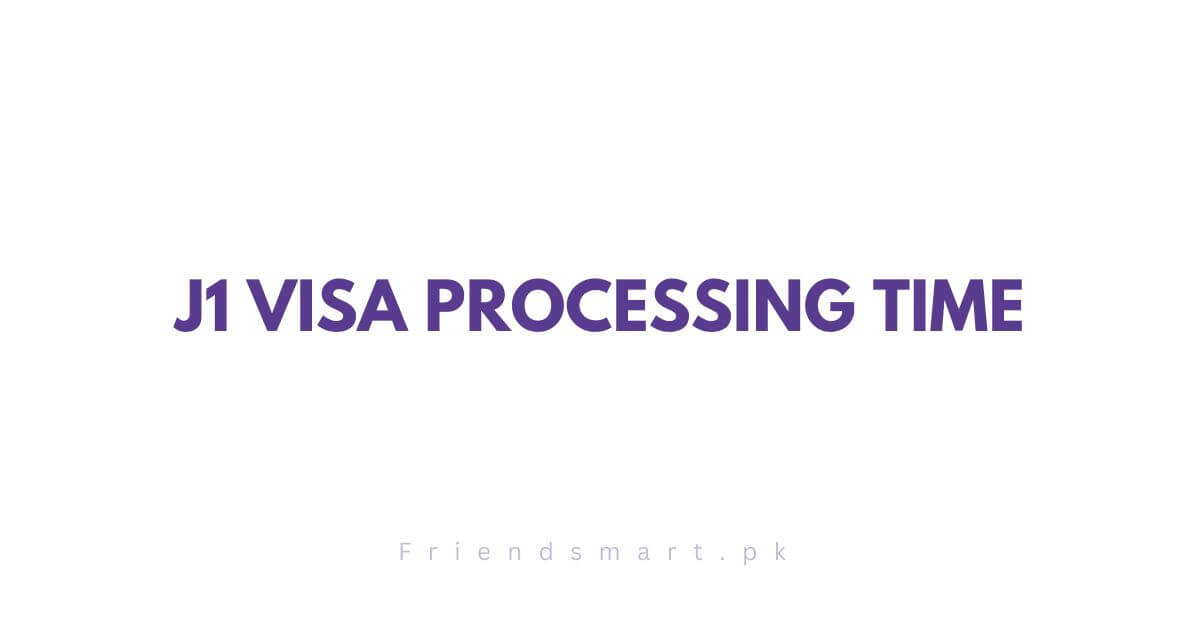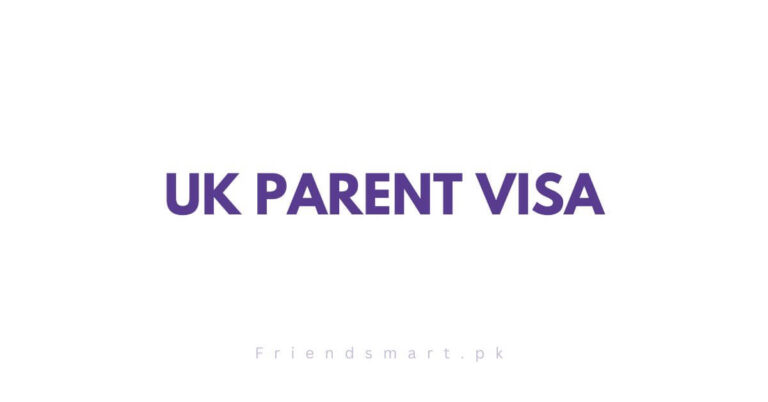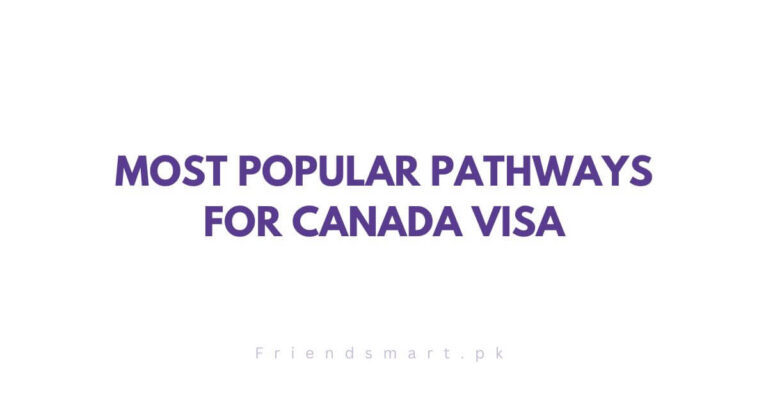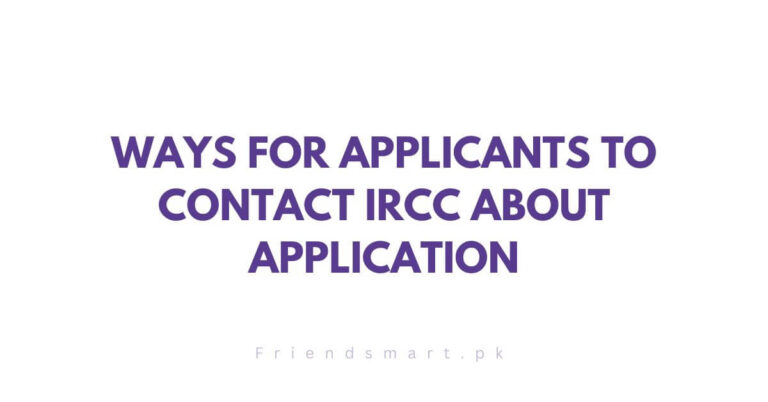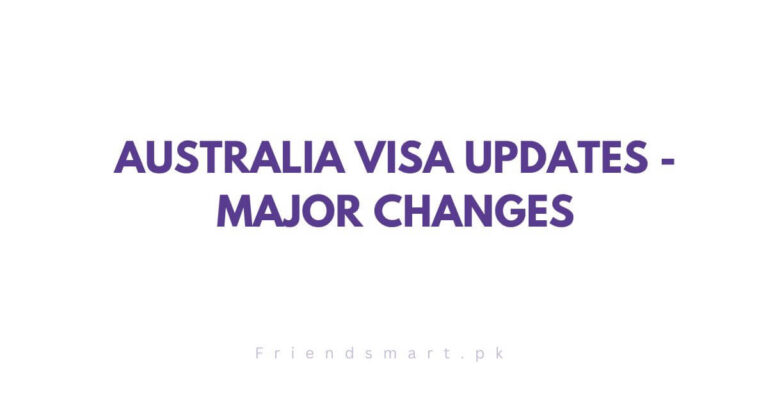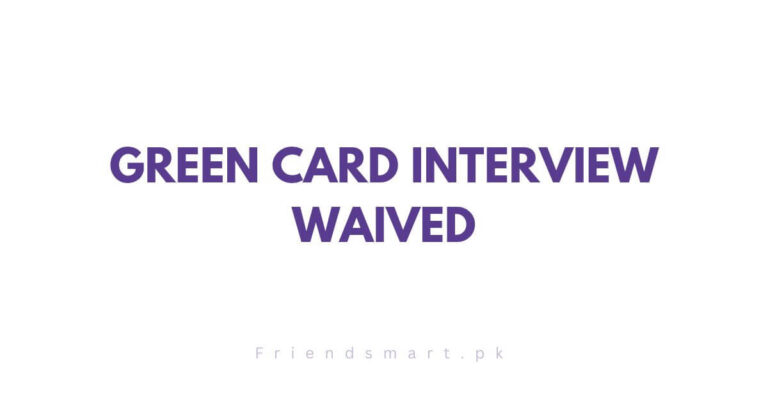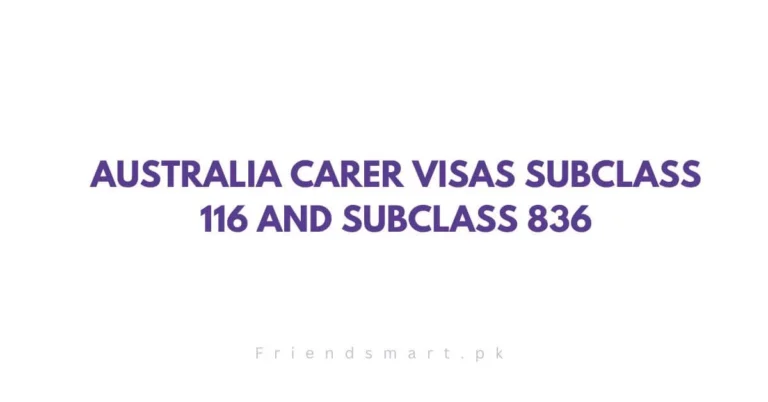J1 Visa Processing Time 2024 – US Immigration
A case involving immigration necessitates knowledge of particulars such as the required documentation, the forms to be completed, the associated fee, the anticipated duration if the case is already in progress, and additional pertinent details. Do you plan to submit an application for an exchange visitor visa? This article provides an explanation of the J1 Visa processing period as well as an estimate of that time.
Check Also: US Green Card Backlog – Ways to Speed Up Case Processing
J1 Visa Processing Time:
Eight to thirteen weeks may pass between the submission of your J1 application and the issuance of your visa. Variable in duration, the visa interview procedure impacts the total processing time. At each phase of the procedure, there are diverse periods of waiting. Two to three weeks may be required for the OIS to process the DS-2019.
You may have to wait between two weeks and over a month to schedule an appointment with a US Consulate or Embassy, depending on the level of activity at The Establishment. Approximately one week will pass before it is appended to your passport, assuming the interview is successful.
J1 Visa Process Steps and Processing Times:
The application procedure for the J1 exchange visitor program consists of several stages. The process by which you and your sponsoring organization work together to accelerate the application will dictate the total processing time. Another aspect to contemplate is the duration of the processing time required to obtain your visa at the embassy or consulate. The subsequent actions are as follows:
- Choosing a sanctioned sponsor
- Two to three weeks for DS-2019 and SEVIS ID processing.
- Preparing the interview and finalizing the DS-160: two to four weeks
- Appearing for the visa examination
- Visa issuance takes seven days.
Selecting an Authorized Sponsor
A specific organization sponsors the J1 Visa, as opposed to an individual’s family member or employee. You are required to choose a sponsor from among the numerous authorized organizations that provide your desired program. Then, to obtain further information regarding the program and its application requirements, it is necessary to communicate directly with the organization.
It is the responsibility of the organization sponsoring the program to select the participants and monitor them throughout. It is recommended that you promptly locate the sponsor and furnish them with the requisite documentation.
Processing of DS-2019 and SEVIS ID: 2 to 3 weeks
Upon receiving approval for the program, the designated sponsor will dispatch a DS-2019 form to you. DS-2019 is the official document that verifies your eligibility to register for a J1 visa. If any uncertainties arise in the form, it is advisable to consult an immigration attorney or request clarification from the sponsoring organization.
A copy of your service will be appended to your DS-2019. You will receive an email containing instructions on how to obtain the SEVIS charge payment receipt and your SEVIS ID, a unique identification number. SEVIS is the acronym for the database that manages data about international students and exchange visitors in the United States. The typical processing time for the DS-2019 is two to three weeks.
Finalizing the DS-160 and Setting Up the Interview: 2 to 4 weeks
The action to take after being approved for a J1 program and receiving your SEVIS ID is to complete the online DS-160 application. Use this form to register for a nonimmigrant visa to enter the United States. All requisite information and corroborating materials must be populated into the form. Additionally, you must complete the form truthfully and precisely.
Missing Documents or Information
If you provide inaccurate information on your DS-160, your application may be delayed or denied. You will contact the consulate or embassy after the application process to schedule your visa interview. After an appointment has been scheduled, the waiting period for an interview may vary depending on the embassy or consulate. In some instances, the delay may extend for a month or longer; however, in the majority of cases, it can occur within two weeks. You should schedule an interview immediately following the approval of your DS-2019.
Show up for your Visa Interview
Your interview location, date, and time will be communicated to you by the embassy or consulate once it has been scheduled. Read the message carefully to determine which documents are required for the interview, and prepare for the scheduled date.
Getting your visa issued 7 Days of the Interview
A few days will pass before the embassy or consulate prepares the visa marking for your passport if your J1 visa application is granted. The DS-2019 form is accompanied by the visa and all other necessary items for air travel to the United States.
J1 Extension Processing Time:
To extend your J1 visa, you must obtain a second DS-2019 form from your program sponsor that details the approved extension. There are only limited circumstances, according to the Department of State, in which a visa may be extended beyond the maximum quantity permitted by its program. Regarding your eligibility for an extension, your sponsor and immigration attorney can furnish you with more specific details based on your unique circumstances.
Similar to the initial petition, the second DS-2019 should be received two to three weeks later. Exactly this timeframe is dictated by the caseload at your service center.
Premium Processing
The expedited processing alternative, which shortens the duration of the procedure to 15 business days, is solely available for particular visas and green cards that necessitate the submission of forms i-129 and i-140. Premium processing does not apply to the J1 Visa because it requires the DS-2019. Because the J1 process is initiated by a designated entity, certain organizations will possess the capability to accelerate the process. You may inquire about this by communicating with your sponsor.
List of Programs You Can Apply for Under the J1 Visa:
- Teacher
- Physician
- Secondary School student
- Intern
- Government visitor
- Camp counselor
- Au pair
- University or college student
- Professor
- Trainee
- Summer work travel
- Professional International visitor
Before applying, a few prerequisites must also be fulfilled, such as:
- Aside from having adequate funds for the journey, you and any accompanying family members on a J2 Visa are also required to carry adequate medical insurance.
- Proficiently communicate in the English language
- You must maintain residency in the host country and formally declare that you have no plans to repatriate.
If you satisfy the aforementioned criteria and have secured a sponsor in advance, you may initiate the J1 Visa application process with the OIS by submitting a DS-2019 Certificate of Eligibility for Exchange Visitor Status. This form will be developed and packed by your sponsoring organization.
After receiving confirmation that your DS 2019 has been approved, you will be prompted to select between the two options listed below:
You can automatically alter your non-immigrant visa status if you already possess one.
Consular processing, which requires you to submit an online Non-Immigrant Visa Application (DS-16) and appear for a prearranged appointment at a US Consulate or Embassy in your country of domicile, will commence once the DS-2019 has been submitted. You will be the subject of an examination conducted by a consular officer.
Ensure that you thoroughly prepare for the interview by studying beforehand and offering candid, assured responses to every question. In addition, you may be required to submit Form DS-157, Supplemental Non-Immigrant Visa Application, which details your intended itinerary for the USCIS.
Validity Period for J1 Visa:
The sponsoring program exclusively determines the duration of your J1 visa. In exceptional cases, a J1 Visa holder is granted a maximum stay of seven years. The subsequent approximate durations of validity are stipulated under the most popular applications:
- This provision granted academicians, researchers, educators, and scholars a maximum of five years.
- Medical student graduate credentials are valid for a maximum of seven years.
- Admission to the United States is restricted to a maximum of 18 months for foreign travelers and professional trainees, with specific exceptions valid for a period of up to 2 years.
- Four months is the utmost validity period for J1 visas issued to camp counselors and summer employees.
- One year is a typical duration for au pairs and caregivers.
- One program, administered by the International Communications Agency, grants participants an extension of stay beyond seven years. In contrast, employees are granted a maximum stay of ten years in the United States.
It is of the utmost importance that you contact your sponsoring program to ascertain the exact validity period of your visa. You may be subject to severe consequences if you continue to remain in the country beyond the expiration date printed on your I-94. These may include being declared out of status and possibly being denied future reentry into the country.
Is there a J1 Visa grace period?
Before your trip to the United States, be mindful of the two J1 Visa Grace periods. The initial one commences thirty days before the official commencement date of your J1 visa. At this time, you are not authorized to work in the United States. Additionally, a 30-day grace period for J1s commences immediately following the conclusion of your program. Achievements can be finalized during this time frame. – domestic travel in the United States
You will be required to obtain a new visa to re-enter the United States if you leave the country during this grace period. This is because the expiration date of your DS-2019 will have elapsed. Moreover, employment is prohibited throughout this J1 grace period. You are required to depart the United States before the expiration of your grace period. Prolonged stays may result in the revocation of one’s immigration status, potentially exerting a significant negative impact on subsequent endeavors to secure a visa or green card.
How long would it take to go from a J1 visa to a Green Card?
You must locate a sponsoring employer as your initial step toward obtaining a green card after you have obtained your J1 visa. This could be a distinct type of employer or the program that provided support for your J1 Visa. In addition, you are responsible for determining which green card best suits your situation. The EB-2 visa may be available to those who possess exceptional qualifications or a graduate-level degree. Skilled workers may potentially qualify for an EB-3 visa.
Important to note is that the J1 visa does not permit dual intent. This means that you are ineligible to file for a green card while holding J1 status. To satisfy the requirement for home residency, you must either return home or obtain a dual-purpose nonimmigrant visa. To be granted an exemption from the residential residency requirement, a J1 Visa waiver is necessary.
You will be required to have your sponsor obtain a PERM Labor Certification on your behalf once you have returned to your country of origin or obtained dual-purpose visa status. Your sponsor will be required to conduct an advertising campaign to ensure that no qualified U.S. workers are available for your position; thus, this is a significant and time-consuming phase in the process of converting a J1 visa to a green card.
In the absence of an audit by the Department of Labor, the complete process could potentially consume nine months. Should they be, this could result in a processing delay of one and a half years. Your sponsor will submit Form i-140 on your behalf as soon as you obtain your PERM. By utilizing premium processing, this form can be completed in 15 calendar days.
Further Details:
You will continue to be bound by the priority date of your petition, which may render premium processing unnecessary. On the date USCIS receives the petition submitted by your employer, your case is given priority. The final action dates are detailed in the monthly Visa Bulletin of the Department of State, which you and your employer are required to verify.
When the dates align, your priority date will be considered current, and you will become eligible to obtain a visa number. Depending on your country of origin and the type of green card application you are pursuing, this process could take years or never occur.
Thereafter, you are granted the opportunity to upgrade your status from J1 to your new green card by submitting Form i-485. You may visit the US Consulate or Embassy in your country of origin to meet with an immigration officer one-on-one. Upon successful completion of this interview, you will be granted permanent resident status in the United States.
Changing your status may appear to be the simplest course of action, but it may also require the most time due to the inaccessibility of premium processing and the i-485 processing process, which typically takes six months on average. In certain situations, the US Consulate or Embassy might be able to coordinate a rescheduling of your interview to occur within the following few weeks.
J1 Waiver Processing Time:
To circumvent the two-year home residency requirement when transitioning from a J1 Visa to another non-immigrant visa or a green card, a waiver is necessary. Nonetheless, this waiver is available under five principal statutory provisions.
- Receiving a “no objection” statement from the government of your home country
- Being granted permission by a federal government agency in the United States to remain in the country while contributing to a project that will greatly benefit from your participation.
- Possessing evidence that persecution awaits you if you return to your country of origin
- Indicate how your spouse or dependents would be adversely affected if you were to return to your country of origin.
- A physician who has been extended a full-time employment offer in an area with limited medical practitioners.
You submit an online application at the onset of the J1 Visa waiver processing period to request a waiver. Whether your waiver application is processed promptly will depend on the caseload of the USCIS service center that received your petition and the type of statutory basis you use to file.
A persecution waiver or J1 waiver application may require more time than a “no objection” waiver application. A processing time of three to four months will elapse during the approval of your J1 waiver. Always keep in mind that you may submit applications simultaneously if you qualify for multiple awards. If one undergoes the processing more quickly than the other, you may proceed with the second one once it has been accepted.
Frequently Asked Questions:
-
How long does it take to get a J-1 visa?
A J-1 visa is generally issued within 30 days from the day the application is submitted. Depending on the backlog at the American Consulate where you have applied, it may take up to 60 days.
-
Who qualifies for a J-1 visa?
Anyone applying for a J-1 visa as a student must be a foreign national studying in the United States, and they must intend to do one of the following activities: Take on a full course load at an accredited secondary or post-secondary academic institution. Pursue training related to their concentration.
-
Can a J-1 visa be rejected?
Although most J-1 visa applications are approved, the outcome of some J-1 visa applications is a refusal under 221(g), or what is commonly referred to as “administrative processing.” In these cases, the consular officer will convey to the applicant whether the applicant is required to provide any further documentation.

